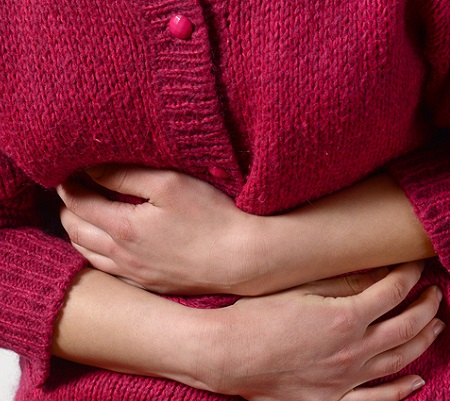
How to treat pelvic pain depends on its cause. Your health care provider can help determine the best course of treatment and whether you can treat the pain yourself at home or if surgery may be needed.
There are a variety of reasons for women to experience pelvic pain, including childbirth, aging, or a urinary, gynecologic or intestinal issue.
How to treat the pain depends on its cause. Your health care provider can help determine the best course of treatment and whether you can treat it yourself at home or if surgery may be needed.
“There are a variety of treatments that may provide relief, including some lifestyle changes you can implement on your own,” said Dr. Melissa Emmerich, OB/GYN with Marshfield Clinic Health System.
These include:
- Relaxation and heat
- Physical therapy or massage
- Nutritional supplements
- Regular exercise
- Over-the-counter pain relief
- Medical treatments
- Surgery
Relaxation and heat
A hot bath or heating pad can soothe your aches and increase blood flow for pain relief, no matter what the cause. For pain stemming from conditions like endometriosis or painful periods, the heat can help relax cramping muscles.
“Prioritizing time for relaxation or meditation can also reduce stress, which many women find helpful for alleviating pain,” said Dr. Emmerich.
Physical therapy or massage
Several types of physical therapy, including pelvic floor physical therapy, can help to treat symptoms of pelvic pain. These therapy methods include acupuncture, acupressure, nerve stimulation and relaxation exercise therapies. Those tiny needles may look scary, but a review of studies on acupuncture and chronic pelvic pain found that when combined with conventional treatment, adding acupuncture therapy provided added relief for some women.
Pelvic massage can also help with pain relief for endometriosis and cramping.
Nutritional supplements
Certain vitamins and minerals also may play a role in helping to treat pelvic pain. Supplementing both magnesium and vitamin B1 can help relieve dysmenorrhea (uterine cramps), which is another cause of pelvic pain.
Regular exercise
“Often when we’re feeling pain, exercise is the last thing on our minds. But, as long as your health provider has cleared you for activity, it can be helpful for some pelvic pain issues,” said Dr. Emmerich.
Exercise increases blood flow and endorphins, which can both help to relieve chronic pain (and stress). It also boosts your immune system to help your body fight infections. A short walk several times a week is a good start.
Over-the-counter pain relief
Non-steroidal anti-inflammatory drugs (NSAIDs) include options like aspirin, naproxen and ibuprofen. NSAIDs serve two functions.
The first is straightforward pain relief to help get you through the day. The second is reducing inflammation.
“If inflammation is a source of your pelvic pain, NSAIDs can work to treat the issue instead of just masking the pain,” said Dr. Emmerich.
“However, taking these too often can cause stomach ulcers and other side effects, so use caution and keep your provider informed.”
Medical treatments
Depending on the cause, strategies on how to treat pelvic pain medically can differ. If you have an infection, you may receive a prescription for antibiotics. If your pain is related to your menstrual cycle or menopause, hormone treatments may help. Also, certain antidepressants can relieve chronic pelvic pain even in patients who don’t have depression.
Surgery
Many minimally invasive and traditional surgical techniques can address your pelvic pain at its source.
“If you are unsure of next steps or if any of these treatments are right for you, it’s best to start with a conversation with your provider,” said Dr. Emmerich.
For questions about pelvic pain, talk to a Marshfield Clinic Health System provider.
Schedule appointment Learn more about Obstetrics & Gynecology
Related Shine365 articles
Menopause symptoms: You don’t have to ‘deal with it’
Bladder leakage caused by stress urinary incontinence
My doctor says I have uterine fibroids – now what?

